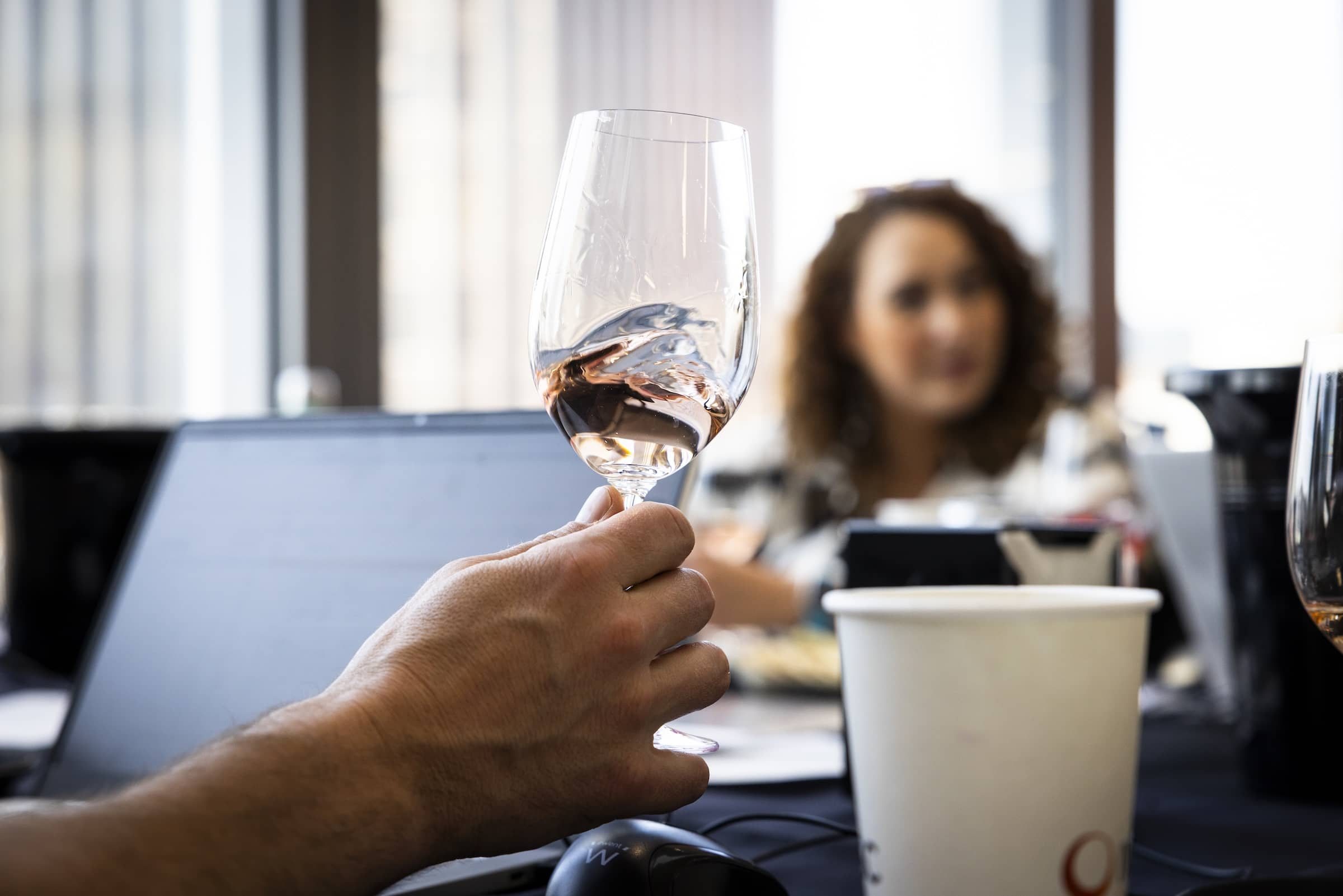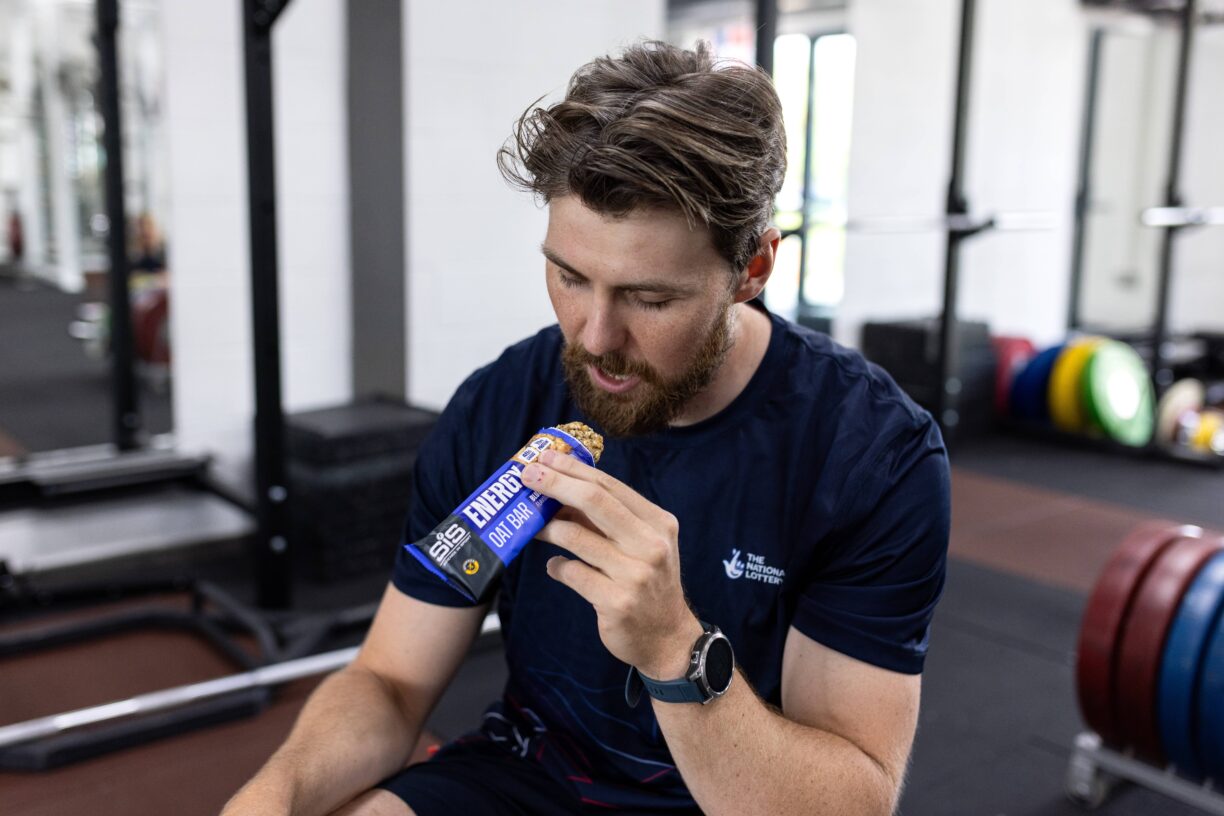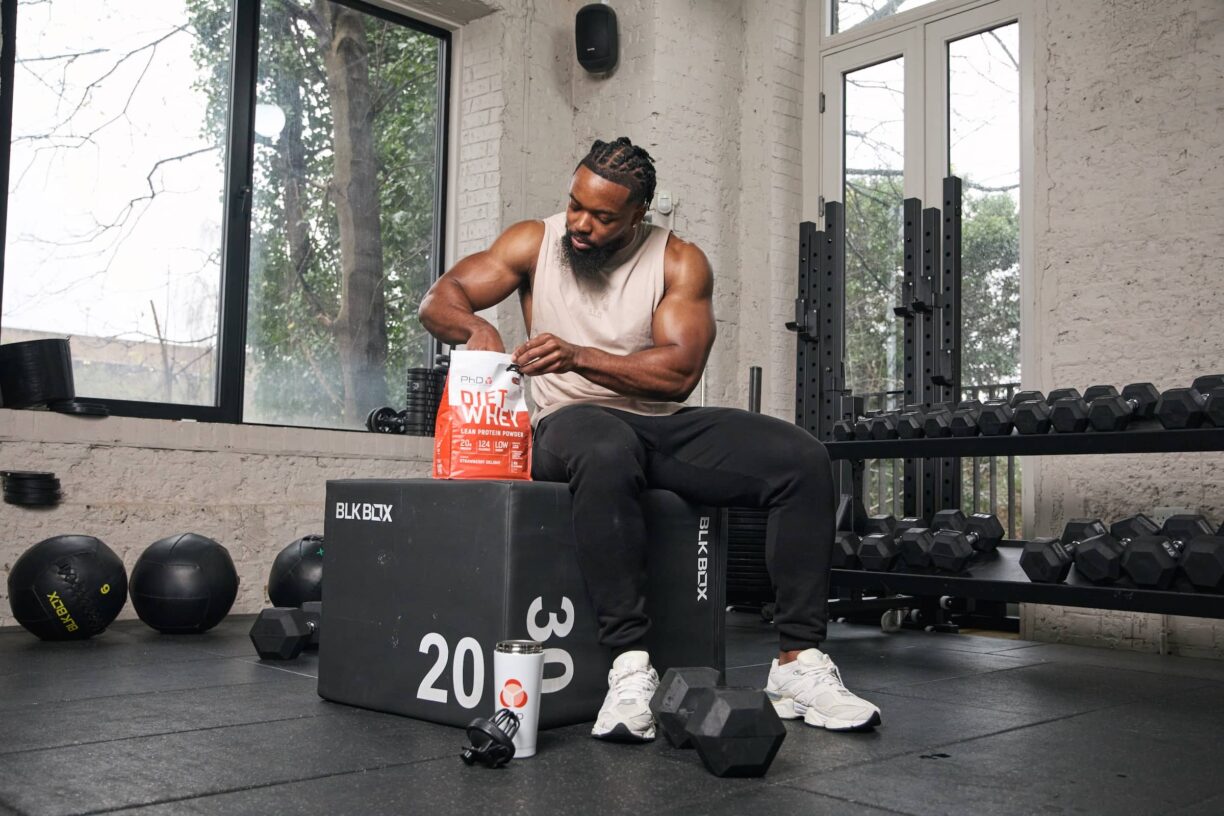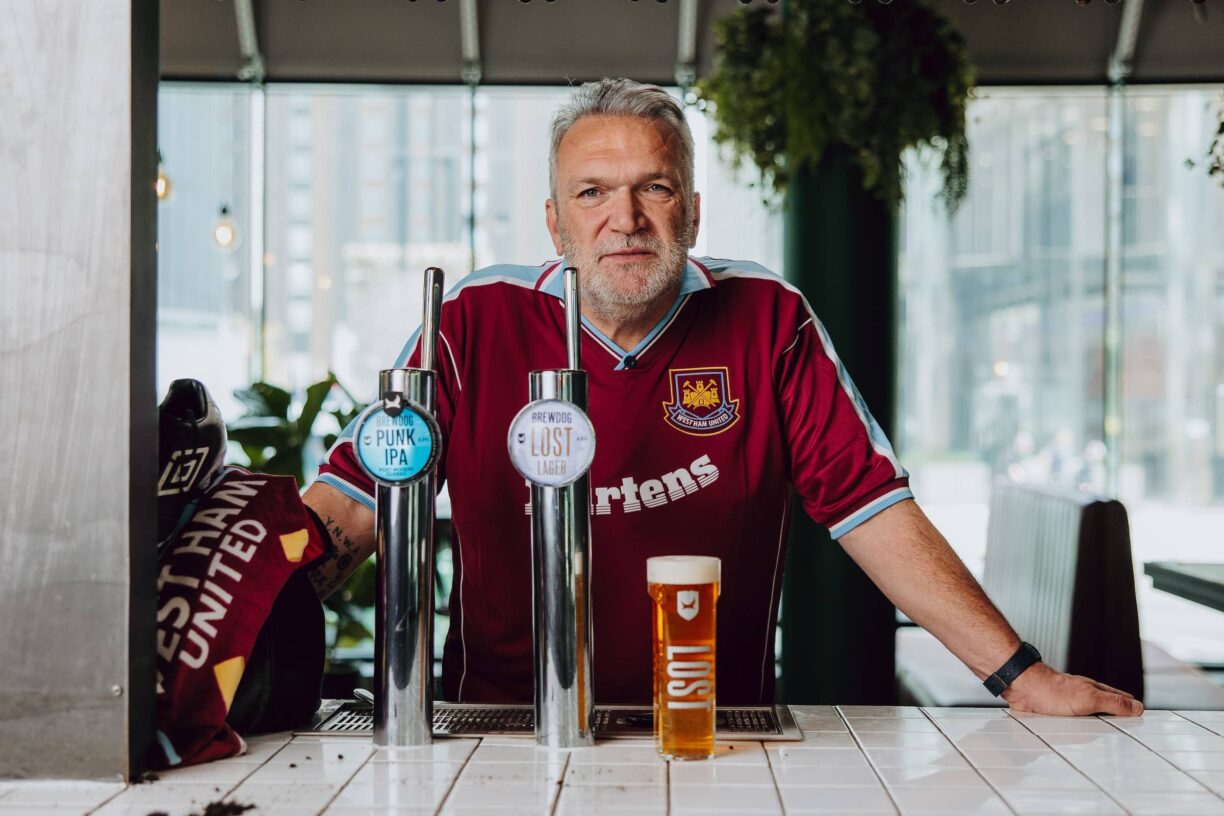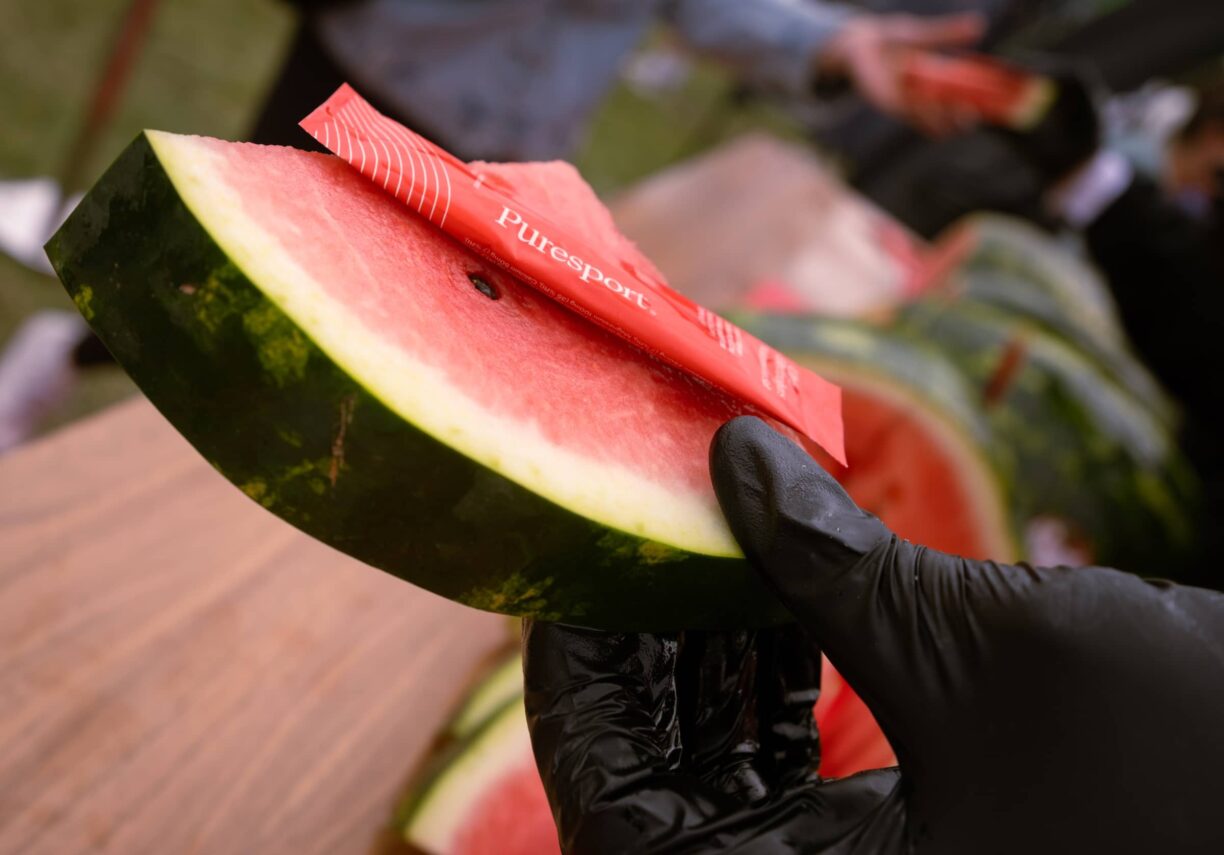Ah, the noble pursuit of oenophilia—otherwise known as pouring yourself a glass of wine and pretending you know what you’re doing.
Nearly half of Britons now see themselves as a “wine connoisseur,” but a new survey from the International Wine & Spirit Competition (IWSC) uncorks a rather humbling truth: the UK is full of self-styled sommeliers making the most common wine mistakes in the book.
Take heart, though. You’re not alone if your idea of wine etiquette involves holding the glass like it’s a mug of Bovril or slinging a bottle upright into a kitchen cupboard.
The research—sourced from 2,000 wine-loving Brits—reveals that 47% of us claim some level of wine expertise. Yet a staggering number are missing the basics.
Top of the bloopers list? A chilling 38% still believe white wine and rosé should be served ice cold, fresh from the fridge. In reality, say experts, 7–10°C is the sweet spot. Tepid? Perhaps. But it allows the wine to stretch its legs, so to speak.
Then there’s the 42% who grip their wine glasses by the bowl instead of the stem—warming the wine with their hands like a mood ring from 1997.
Common Wine Faux Pas, According to Experts
| Faux Pas | % of Experts |
|---|---|
| Thinking white wine or rosé should be served ice cold, straight from the fridge, when it should be served between 7 and 10 °C | 38% |
| Holding the glass by the “bowl” when it should be held by the stem | 41% |
| Thinking wine with a cork is always better quality than wine with a screw top | 34% |
| Putting ice in white wine | 29% |
| Filling the glass almost to the brim | 21% |
| Thinking the darker the wine, the better the quality | 19% |
| Holding the bottle by the neck when pouring | 18% |
| Adding a dash of lemonade | 16% |
| Ordering the second least expensive wine on the menu so you don’t look as cheap | 20% |
| Storing wine standing upright when it should be stored on its side | 21% |
Another 29% are guilty of plonking ice cubes into their glass, which, according to those in the know, is the vinous equivalent of slapping a Picasso with a wet sponge.
David Kermode, broadcaster and wine expert, was involved in the study and offered a little tough love: “UK wine drinkers are among the most enthusiastic, so it’s well worth separating fact from fiction, understanding the basics and banishing the myths, to guarantee the best experience.
A heavy bottle, a fancy label, or the presence of a cork might give the impression of quality, but they don’t guarantee it. Ultimately, it’s what’s inside the bottle that matters.”
Despite their foibles, Brits still enjoy a tipple. The average wine fan sips seven glasses per week and spends £13 on a bottle—though that price jumps to £32 for special occasions, when suddenly “notes of citrus” start sounding suspiciously like “smells nice.”
When it comes to how they store their precious plonk, 21% keep bottles upright in a kitchen cupboard, 13% abandon them on the counter, and 5% exile them to the garage—a bit like putting a Stradivarius next to the lawn mower.
The IWSC, which has been judging wines blindly since 1969 (no labels, no prices, just taste), insists its process eliminates visual bias and snobbery, letting the wine speak for itself.
Christelle Guibert, CEO of IWSC, reinforced this: “At the IWSC, our blind tasting process ensures every wine is judged solely on its merit, without influence from price, label or bottle. This rigorous approach provides those looking to try new wines with a truly reliable benchmark for excellence.”
To help Britain drink better, Kermode’s serving up some no-nonsense advice on how to sidestep these common wine mistakes and sip with confidence:
David Kermode’s Tips for Drinking Like You Know What You’re Doing
- Ignore the label: That château might be a shed. Trust medal-winning wines from reputable blind tastings.
- Temperature matters: Red should be cool (12–14°C), whites and rosé slightly chilled (7–10°C), and sparkling around 6–8°C.
- Hold it by the stem: Unless you like your Chardonnay with a hint of hand sweat.
- Don’t overpour: Fill to the widest part of the glass to help it breathe. Swirling is for aeration, not for showing off.
- Screw caps are not the enemy: Many top wineries use them to maintain freshness.
- Branch out: Try lesser-known regions and grapes—you’ll likely find better value and fewer regrets.
- Store it smartly: Cool, dark, and sideways (if corked). No, your windowsill doesn’t count.
- Skip the ice: Frozen grapes can chill without watering down. Or get an ice bucket—add water and salt to speed it up.
- Don’t fall for heavy bottles: Weighty glass doesn’t mean better wine, just heavier recycling.
- Food pairing tip: What grows together, goes together. So when in doubt, match the wine’s origin with the cuisine.
In short, you don’t need to swill like a sommelier or speak fluent Bordeaux to enjoy good wine. But if you can avoid these common wine mistakes, your next glass might just taste that little bit better.
Now, go forth and sip smarter. And for heaven’s sake—ditch the lemonade.

